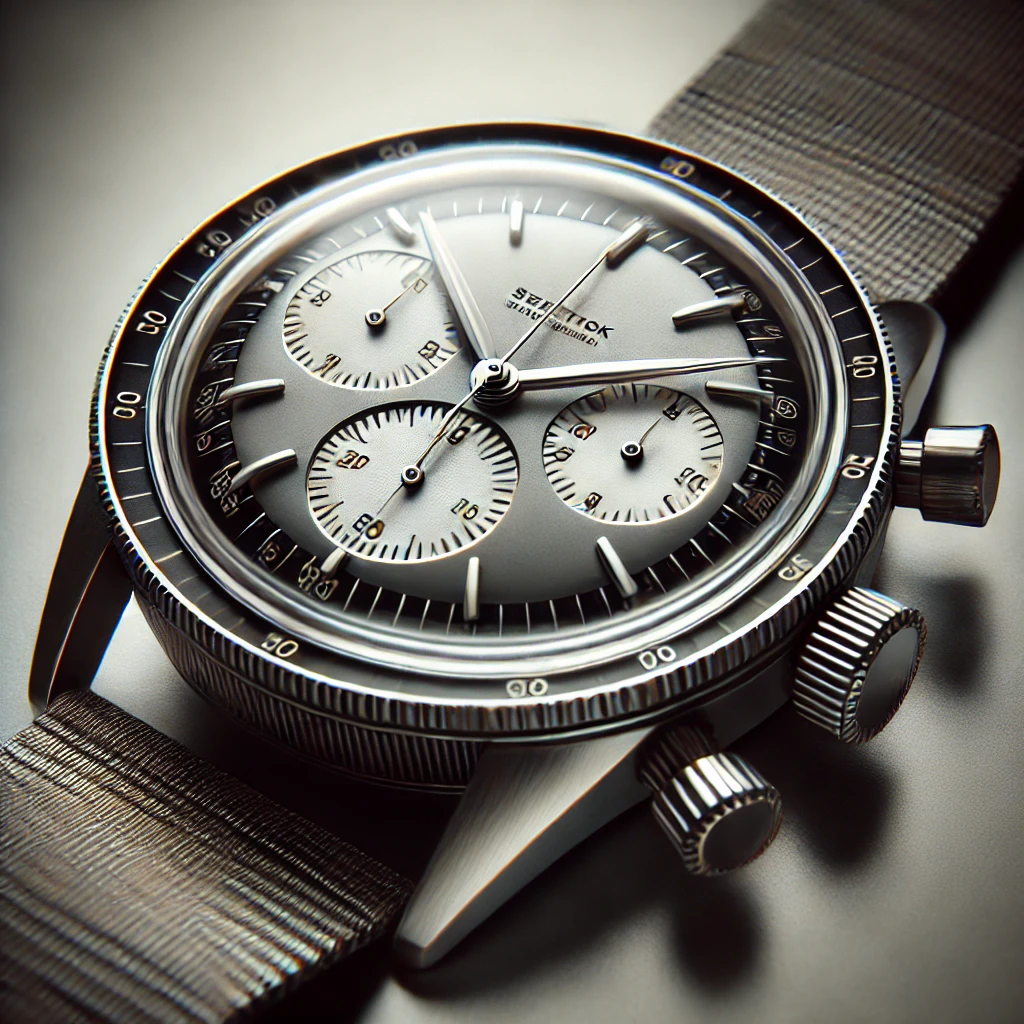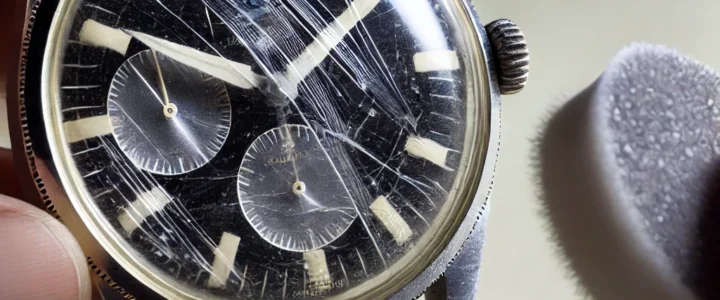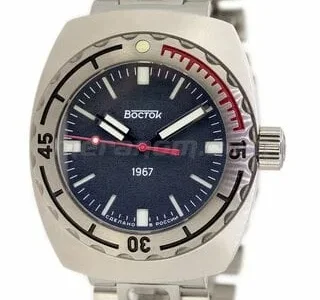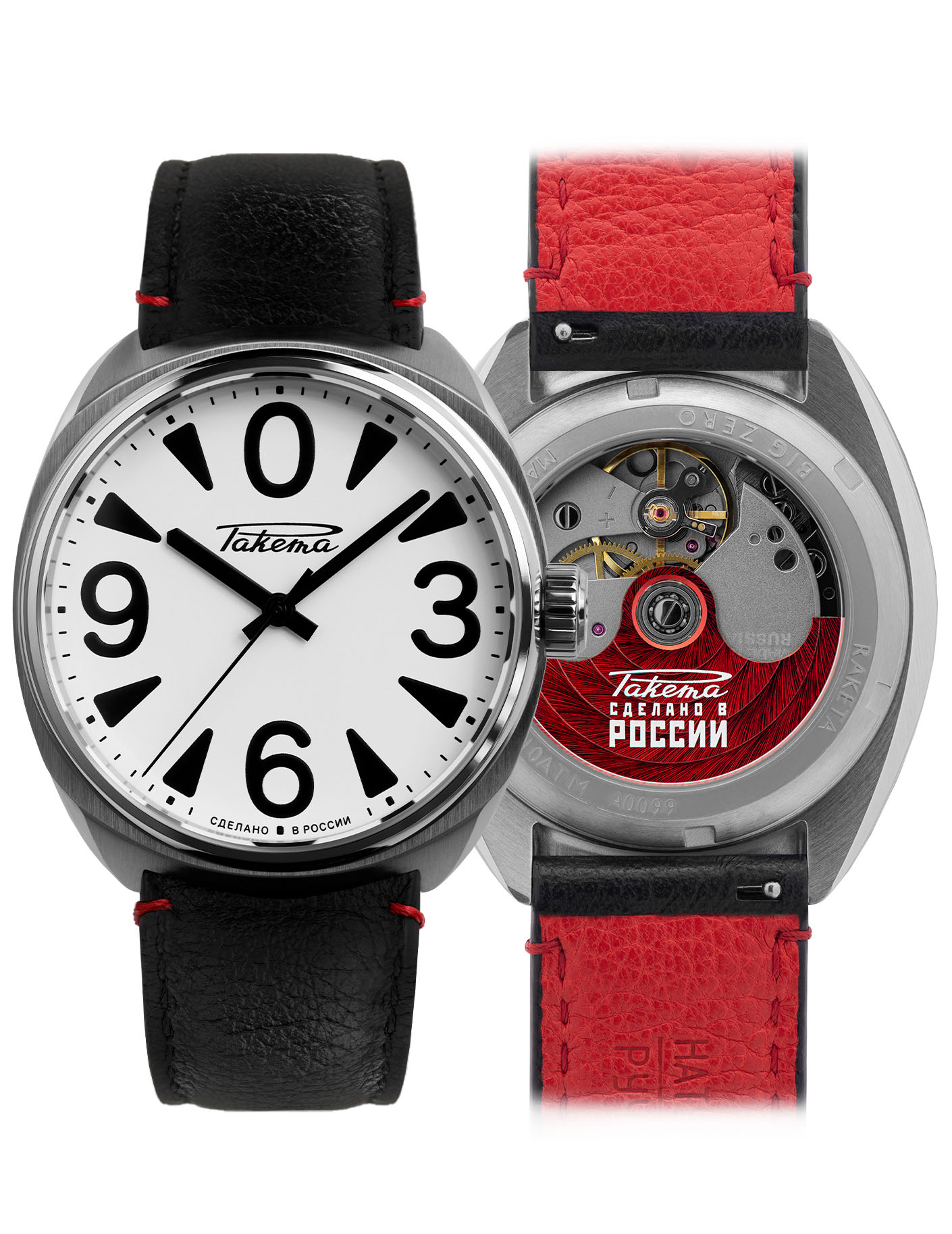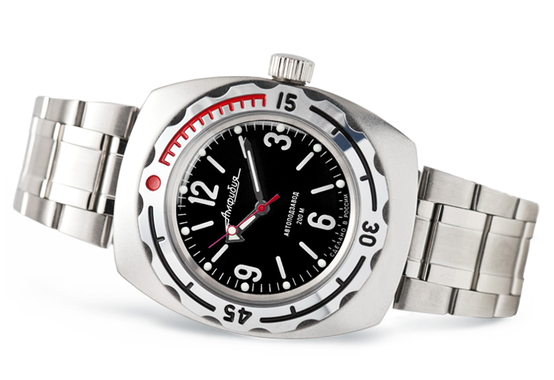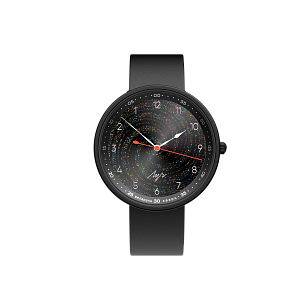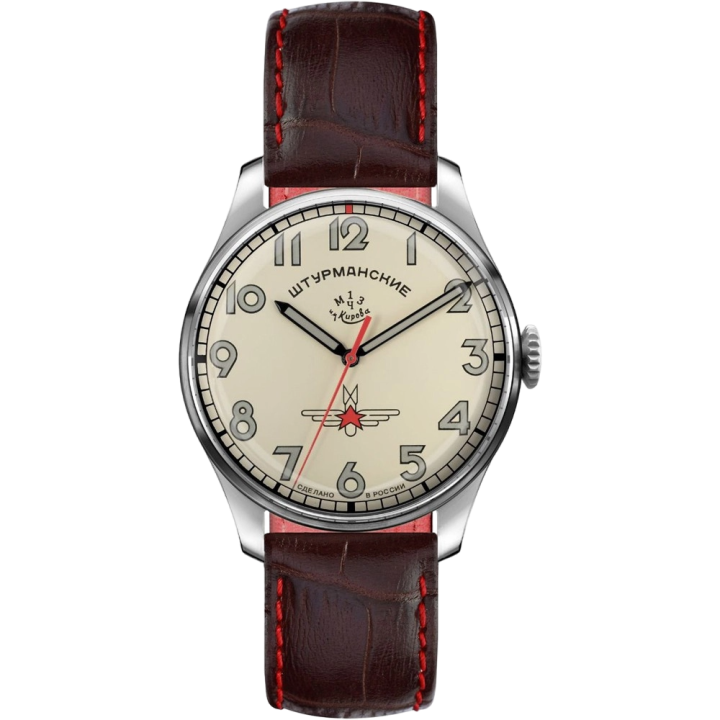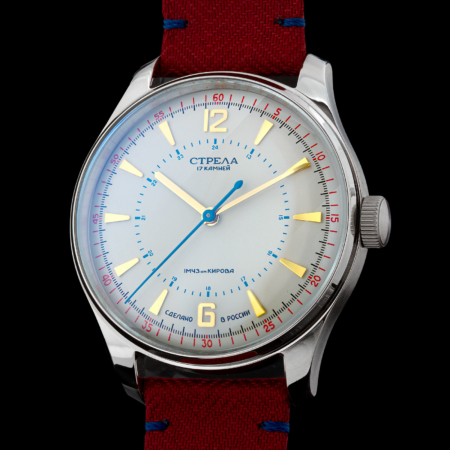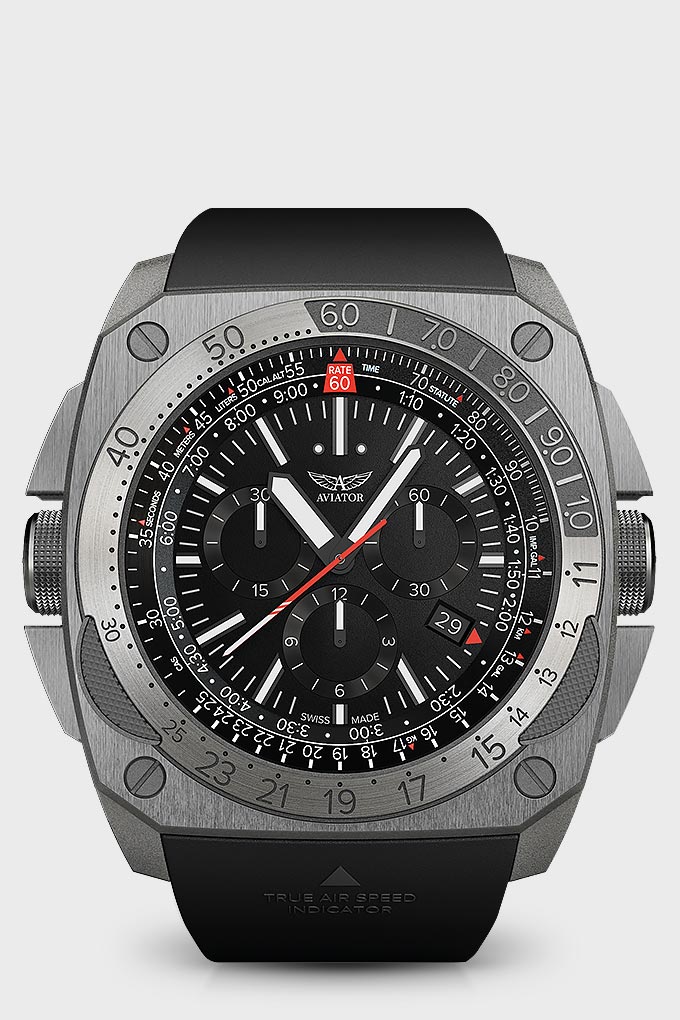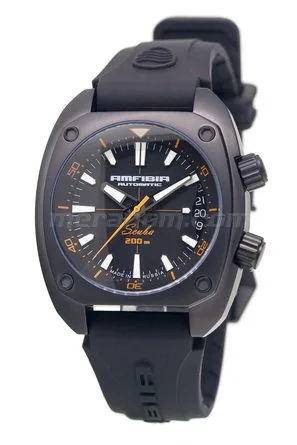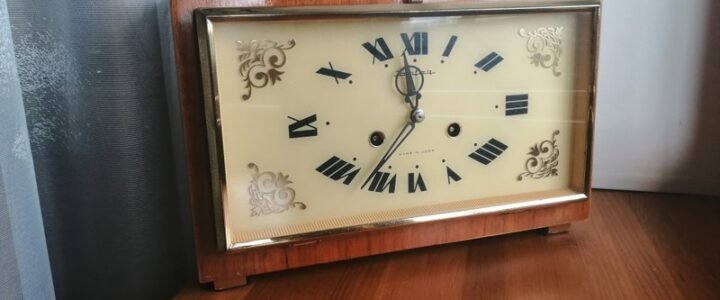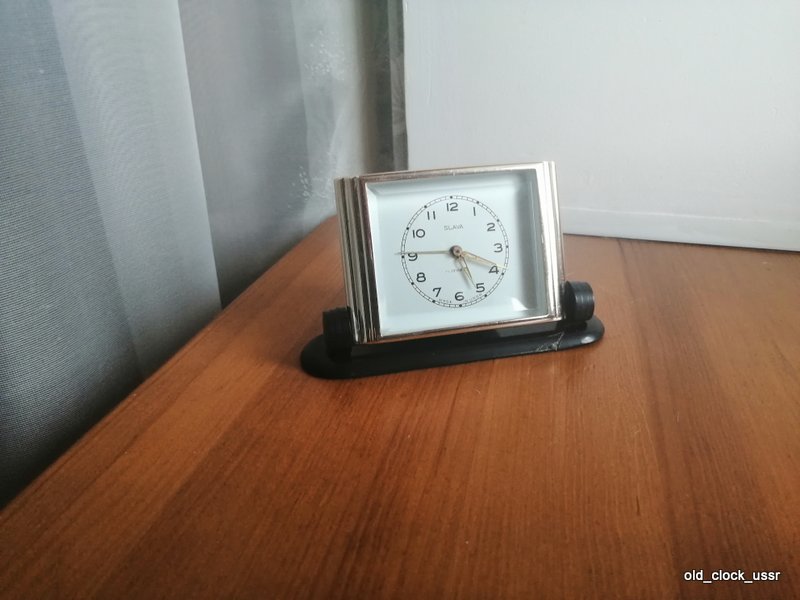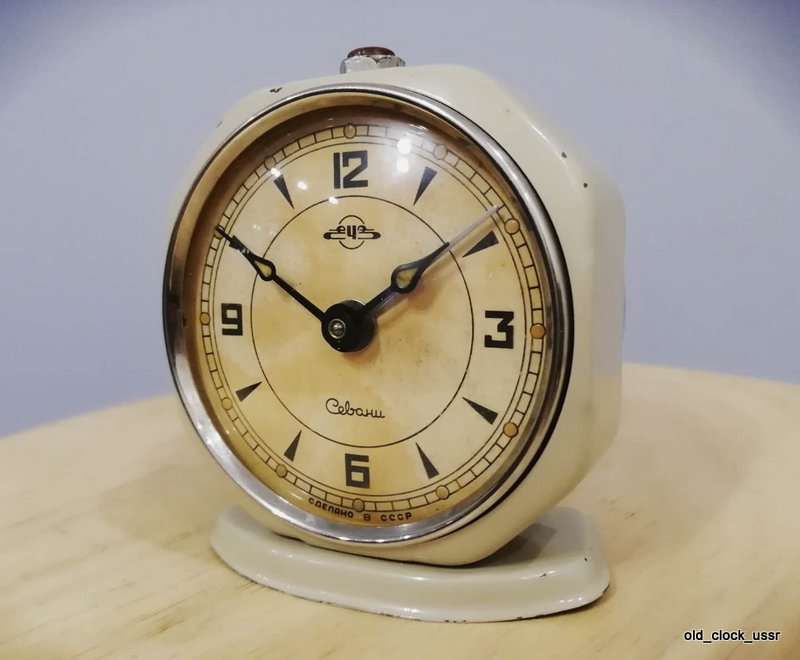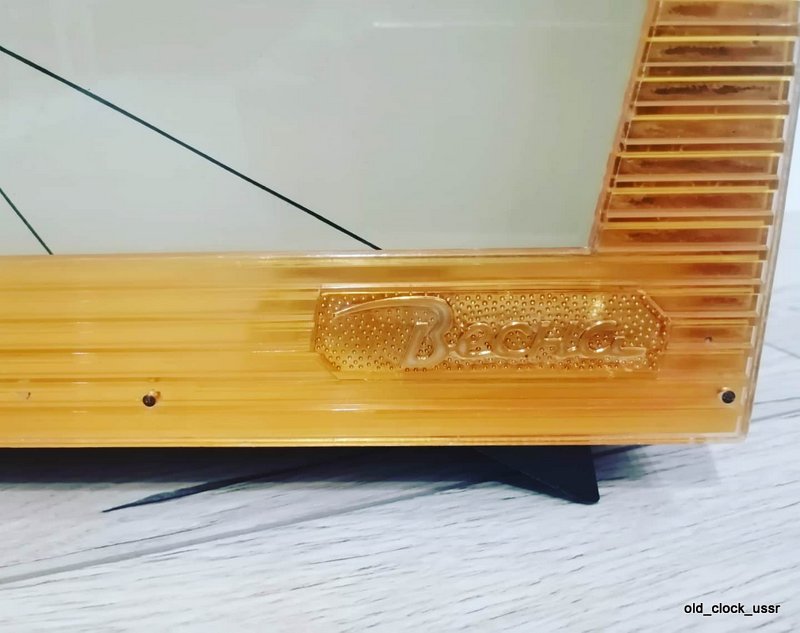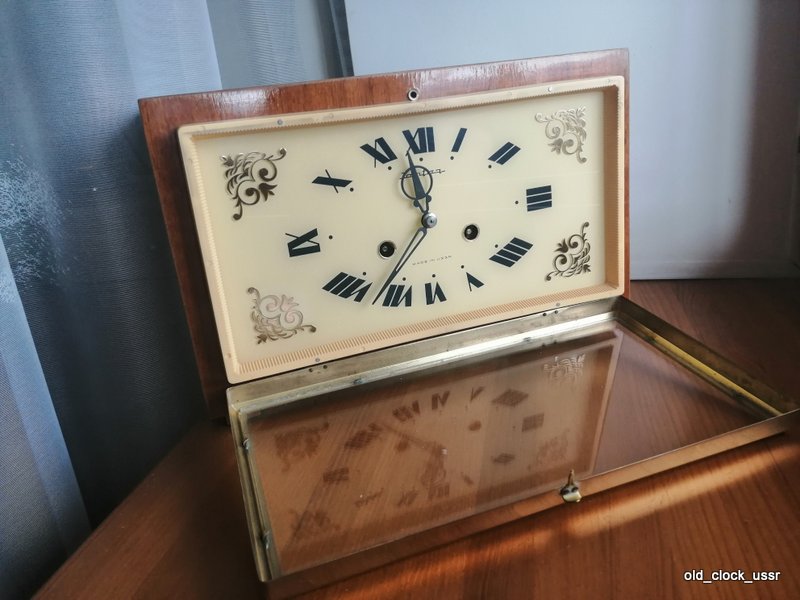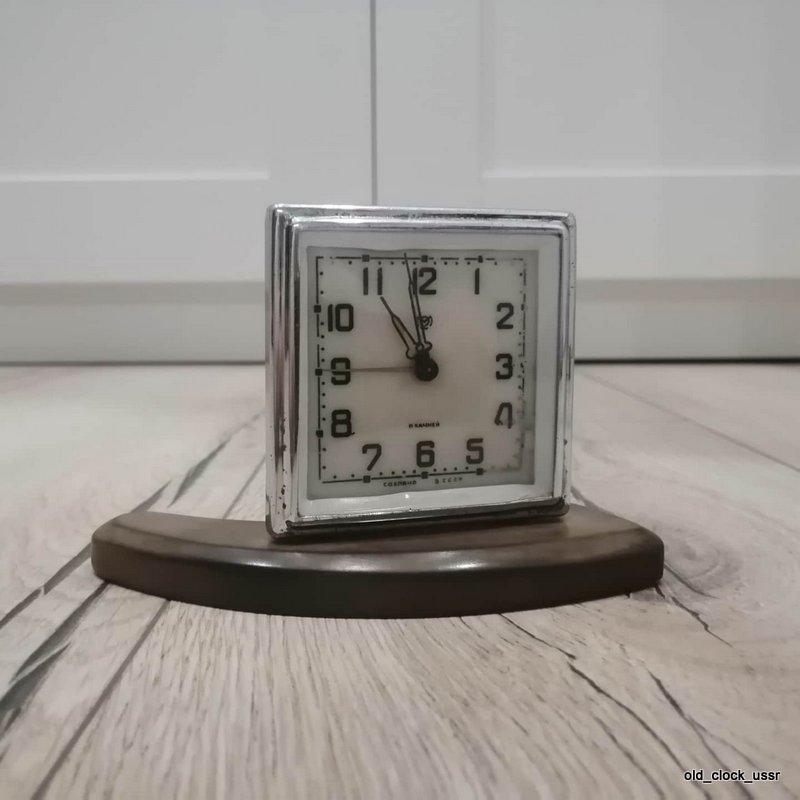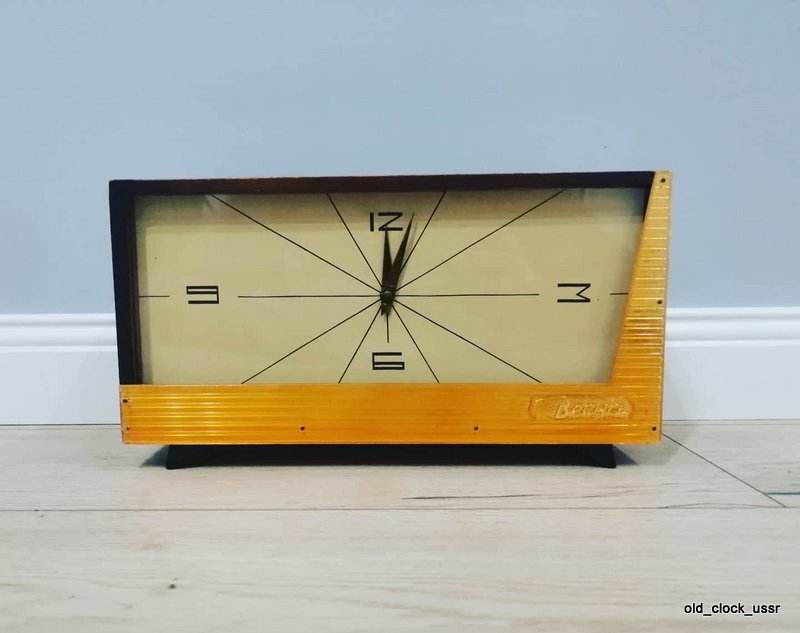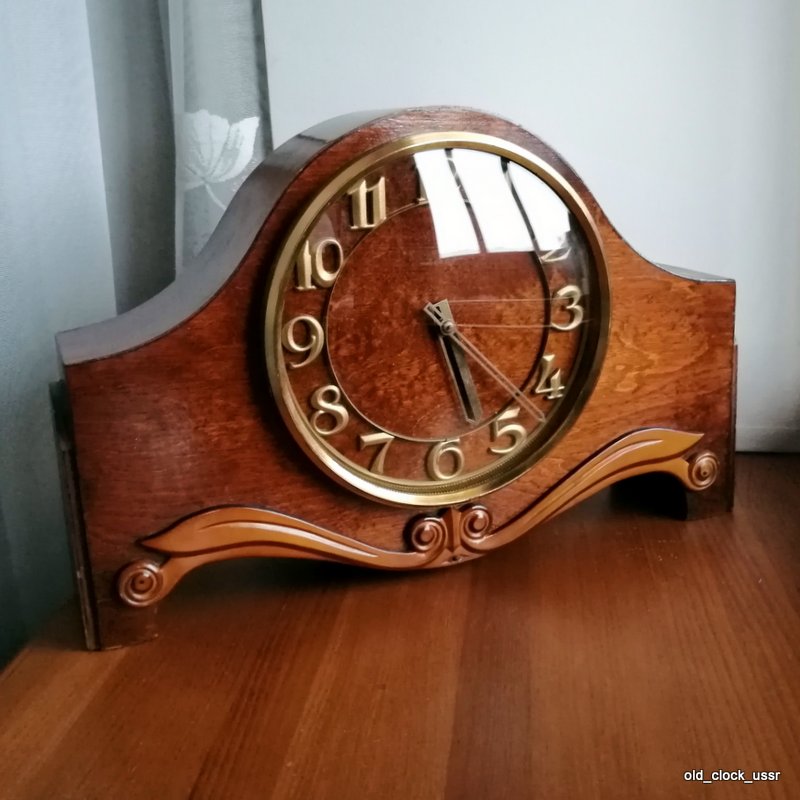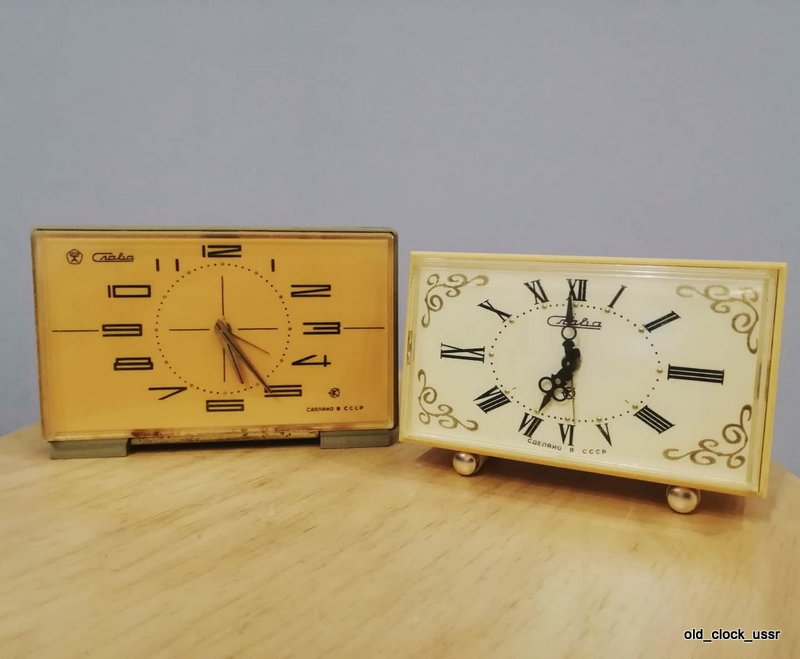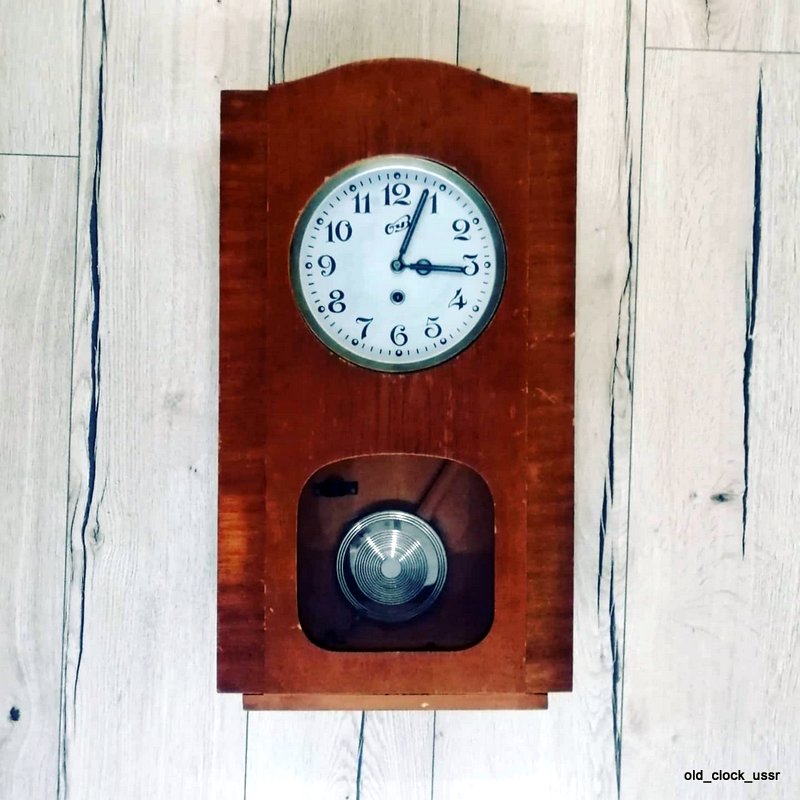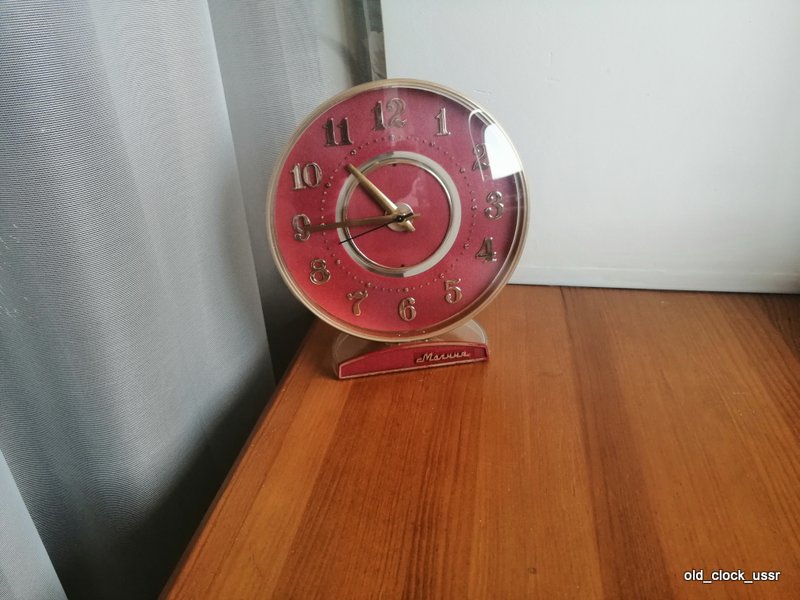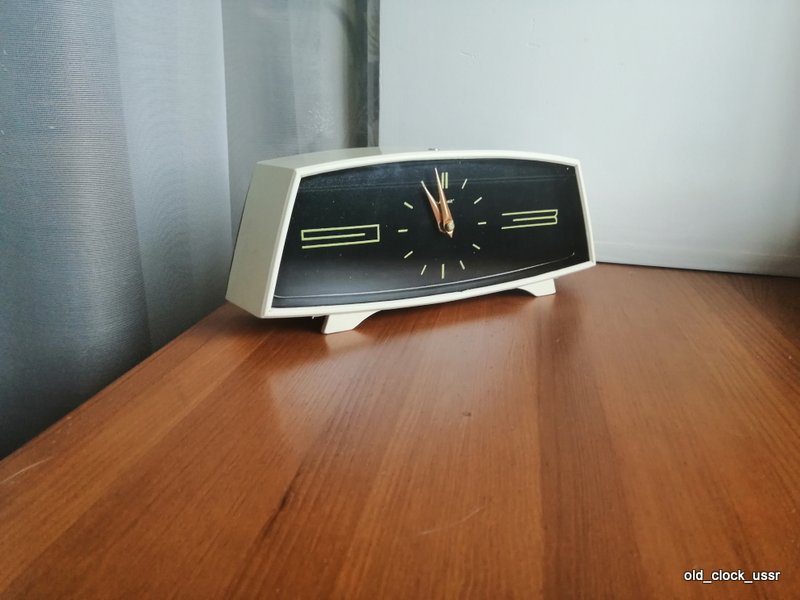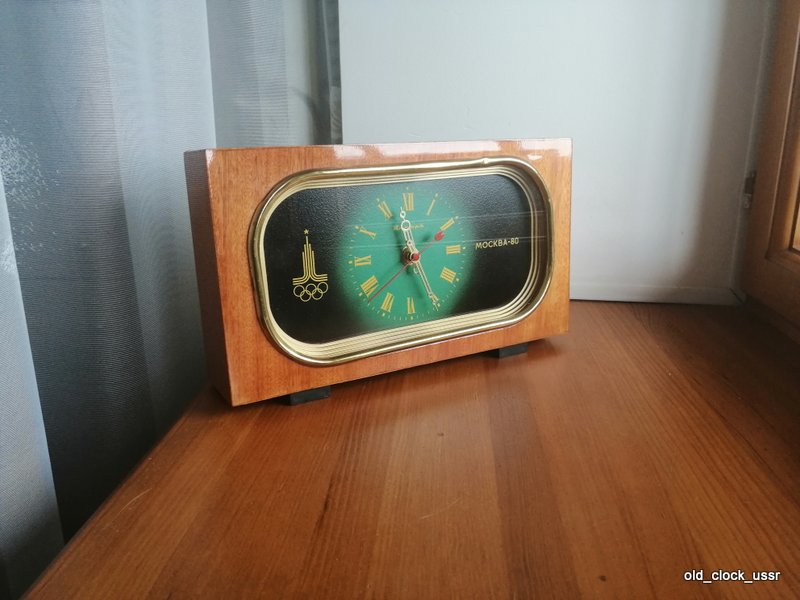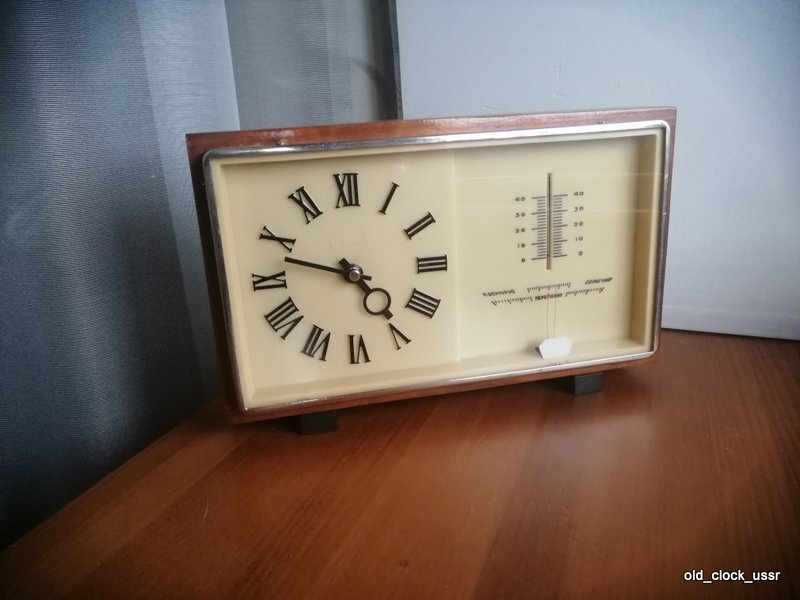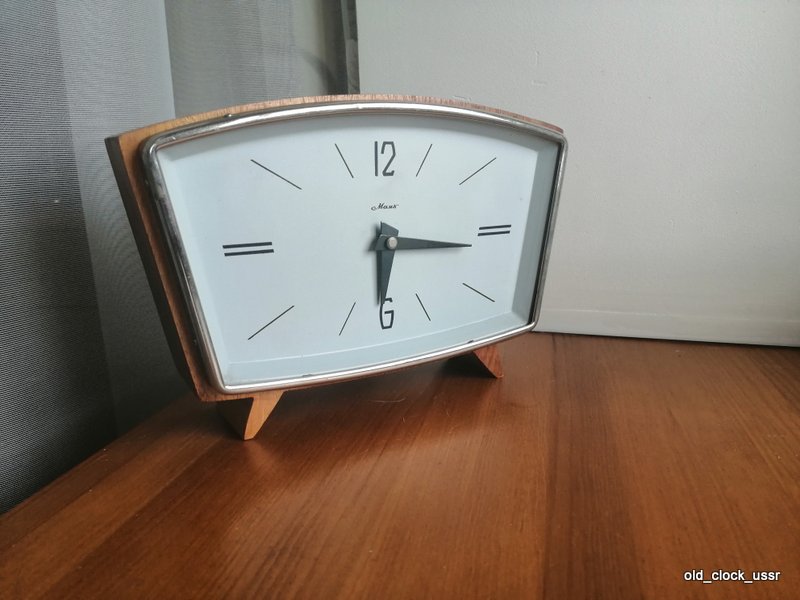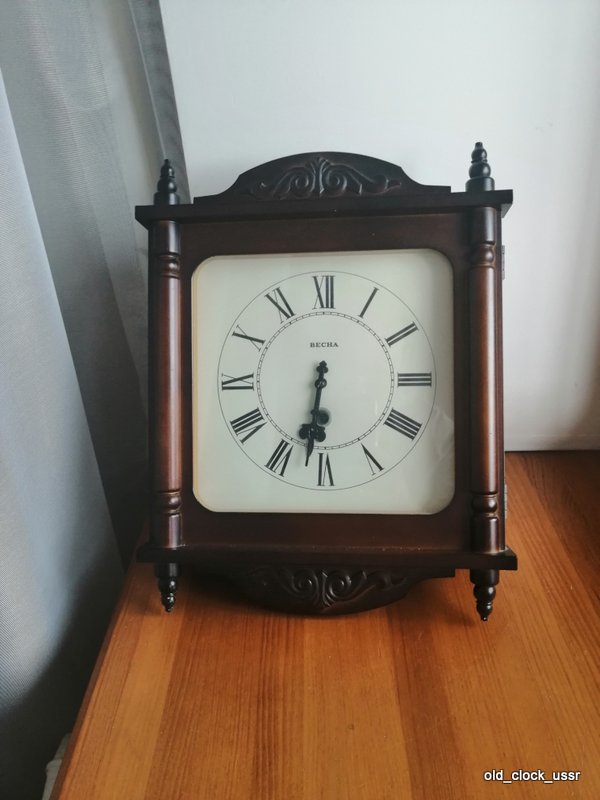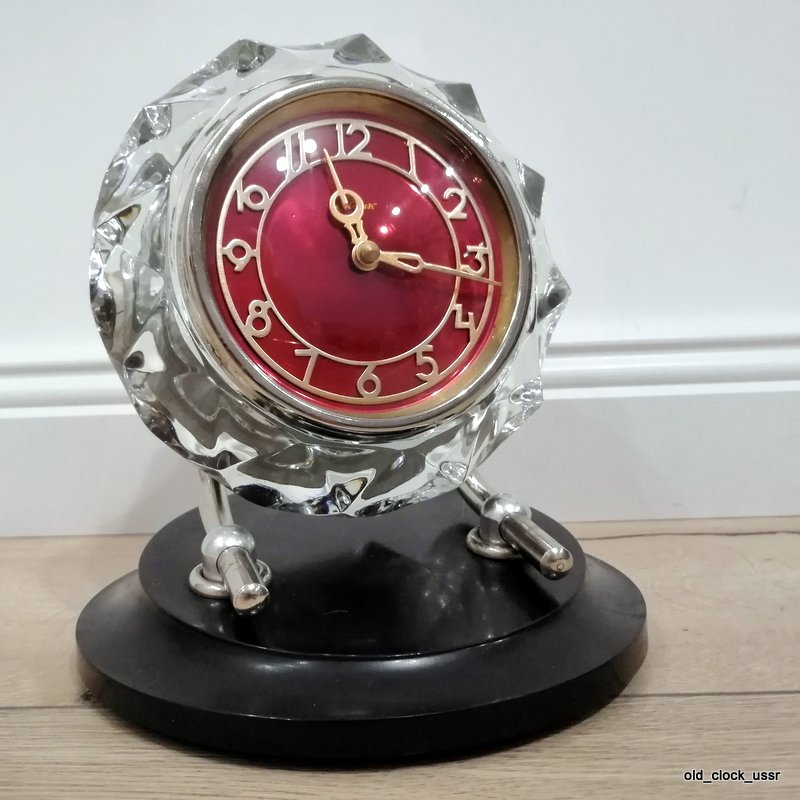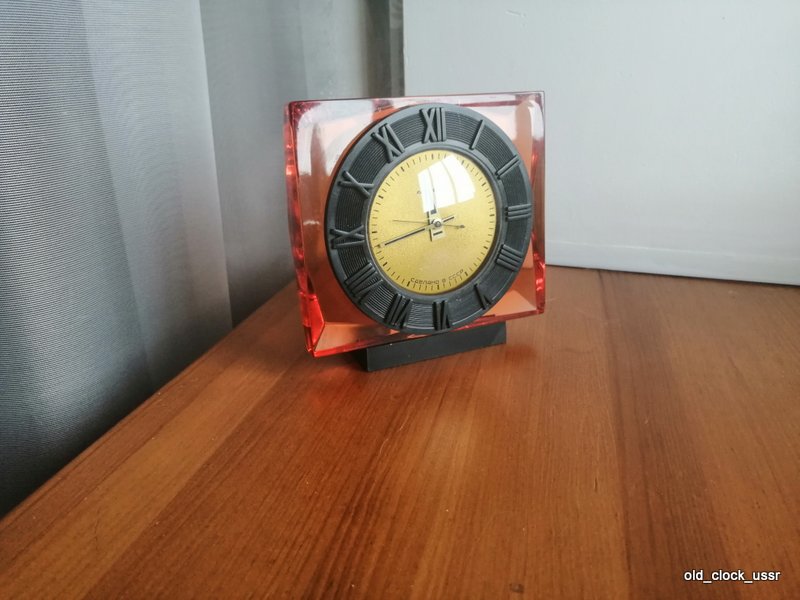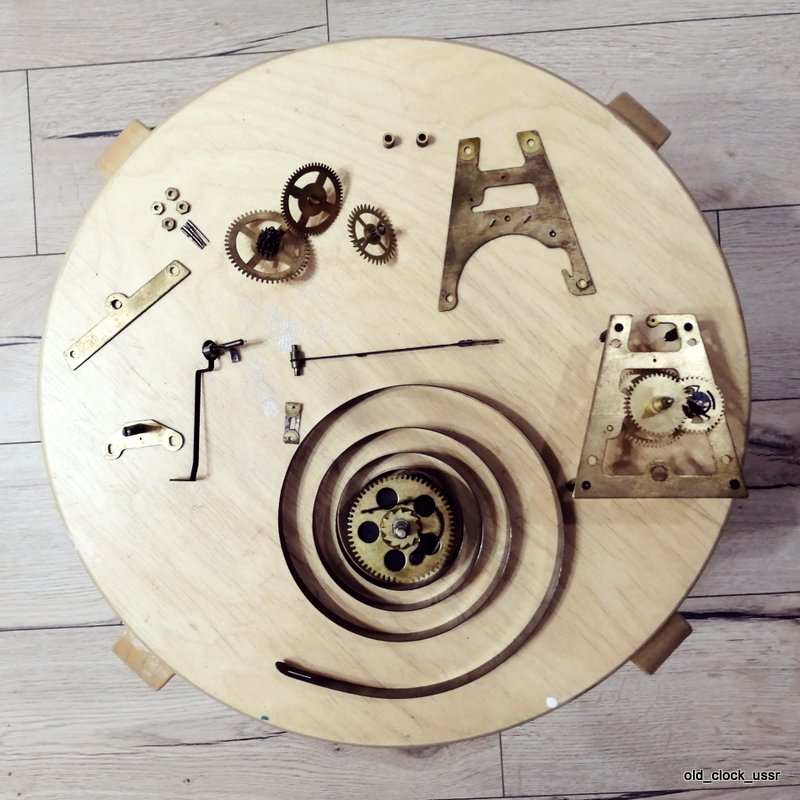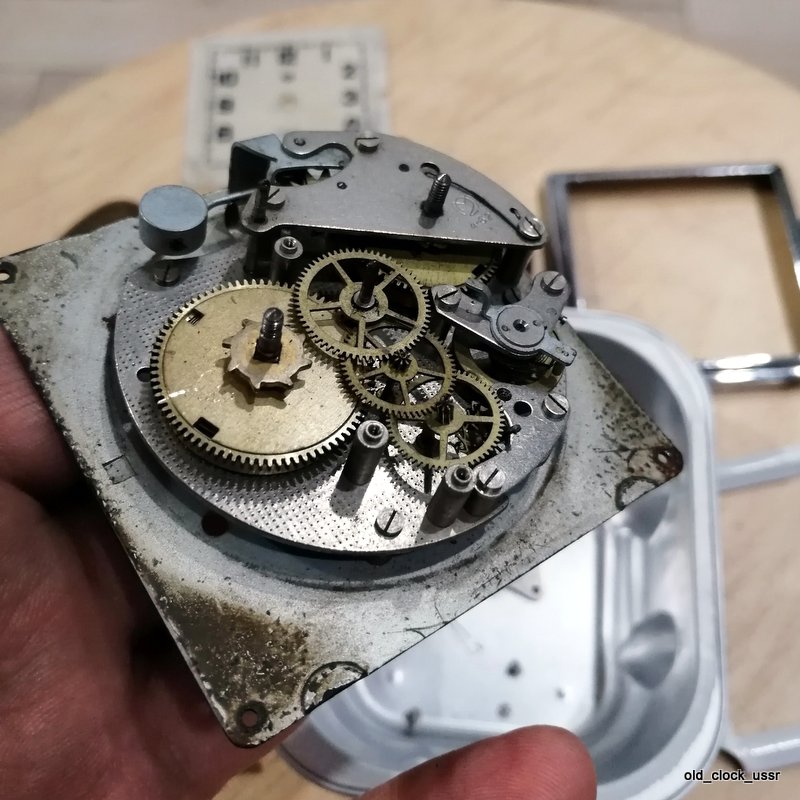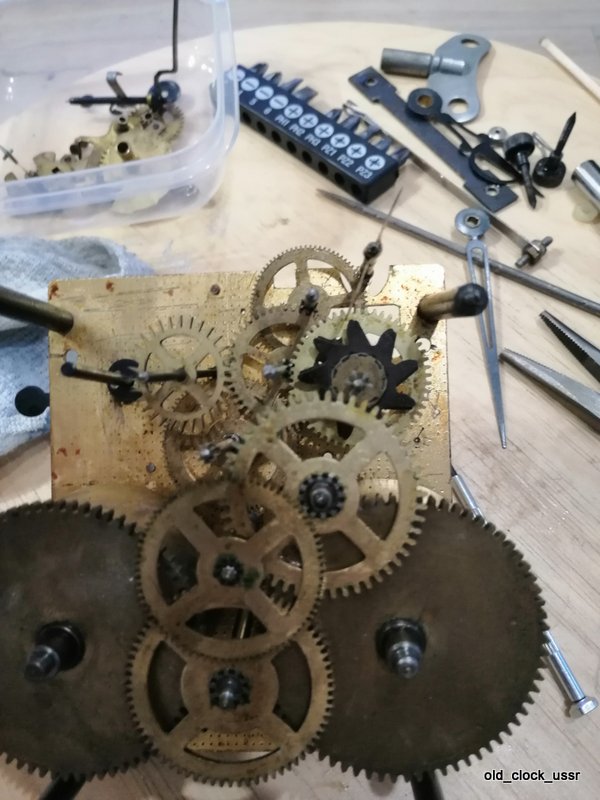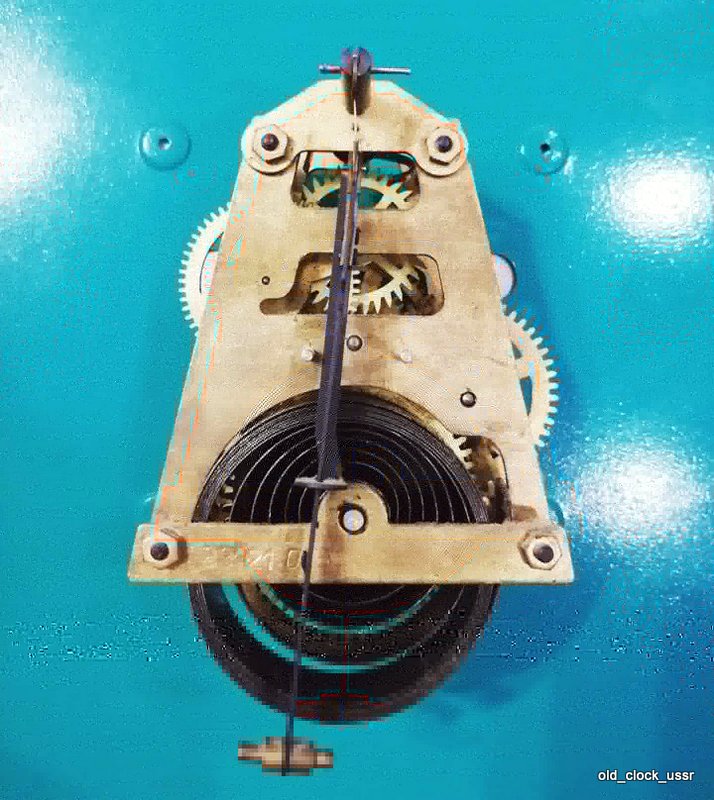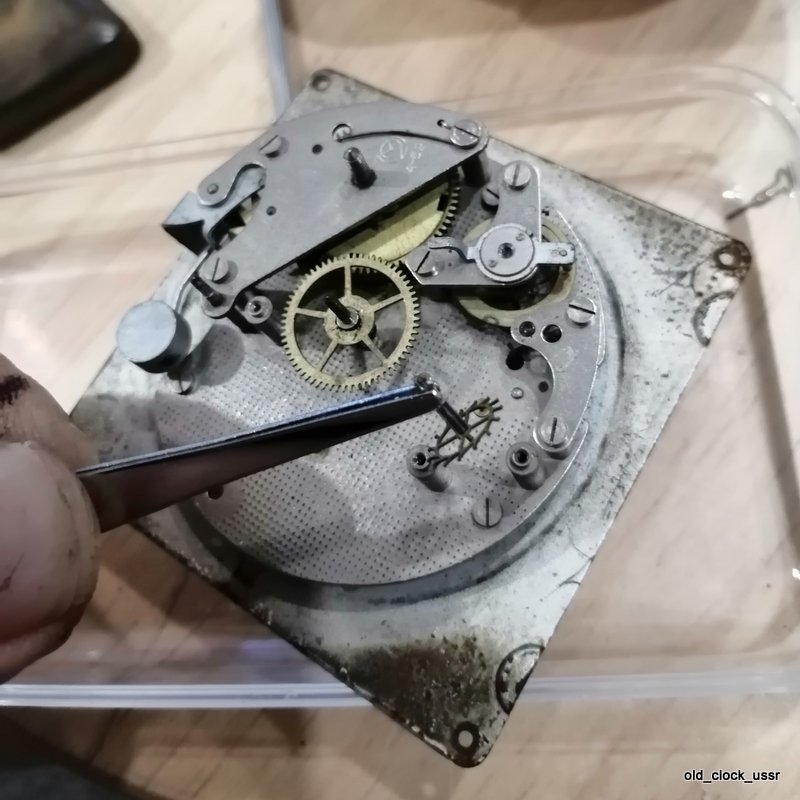If you have a watch with a scratched plexiglass face, don’t worry. With a few tools and a bit of patience, you can restore the glass to its original splendour. In this guide, I’ll explain step by step how to remove scratches from the plexiglass of your watch, whether it’s a robust Vostok Amphibia or a delicate Slava. By following these tips, your watch will look as good as new.

Step 1: Preparing the Glass
Before you start working, it’s important to consider the shape of the glass. If the glass protrudes from the case, you can proceed directly with sanding. However, if it is flush with the case, it’s advisable to protect the edges with masking tape. If the watch has a rotating bezel, remove it to make the job easier and avoid damage.
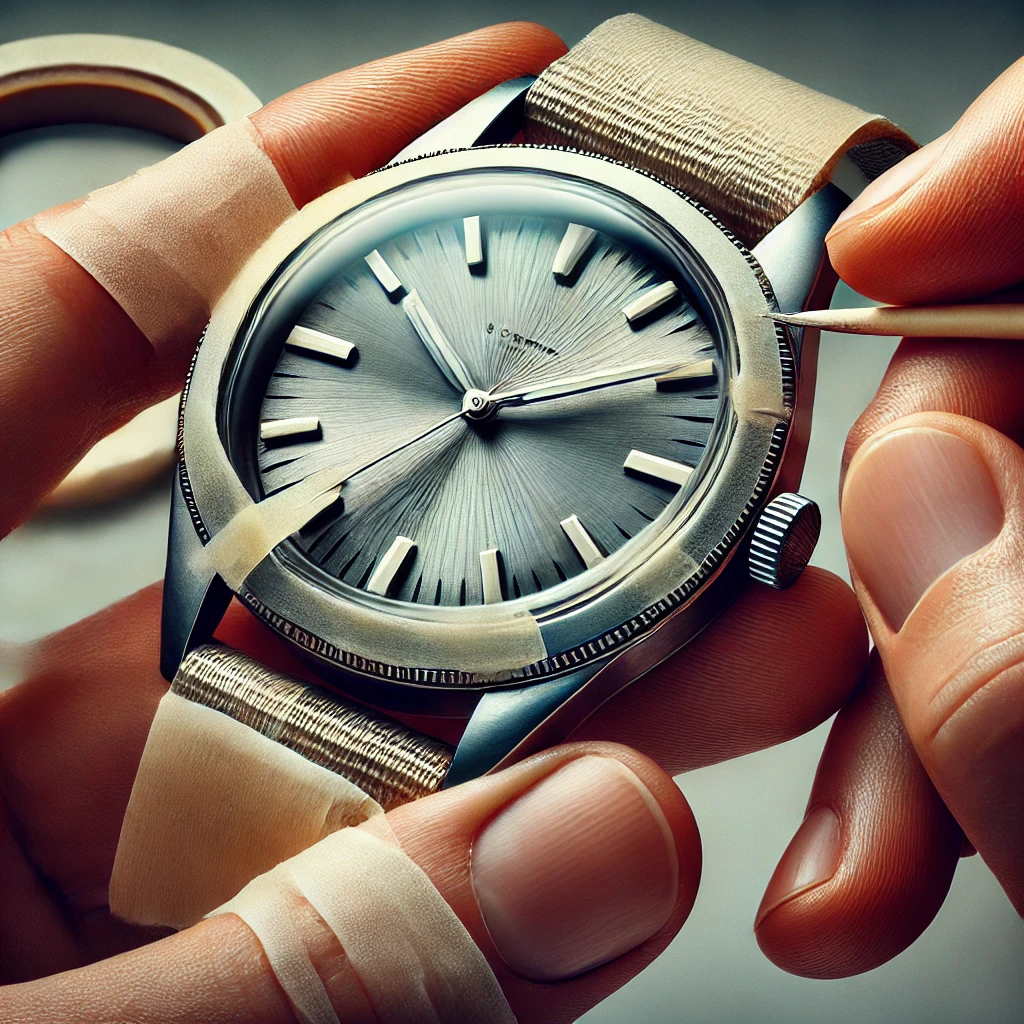
Step 2: Choosing the Sandpaper
To remove scratches from plexiglass, I use sandpaper with grits ranging from 400 to 1200 and beyond. Start with the coarsest grit to eliminate deeper scratches, then move to finer grits to refine the surface. For thicker glass, like that on Amphibias, you can apply more pressure, while for thinner glass, such as on Slava or Raketa watches, you need to proceed more gently to avoid damaging the glass.
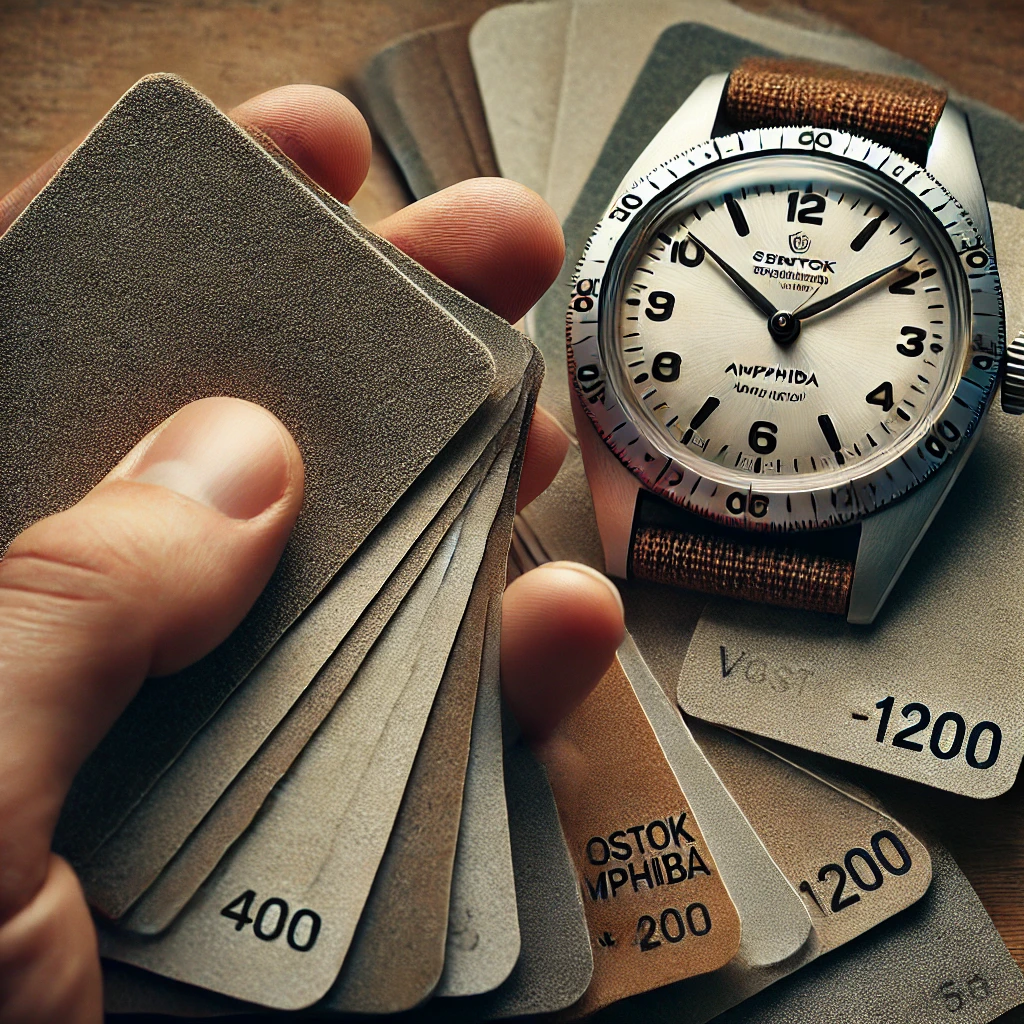
Step 3: Sanding Technique
When sanding, alternate circular and perpendicular motions. I recommend sanding in a circular motion for at least 2-3 minutes for each grit. If the scratches are deep, you can increase the time to 5 minutes per grit. Remember not to apply too much pressure and to check your progress frequently to avoid removing too much material.
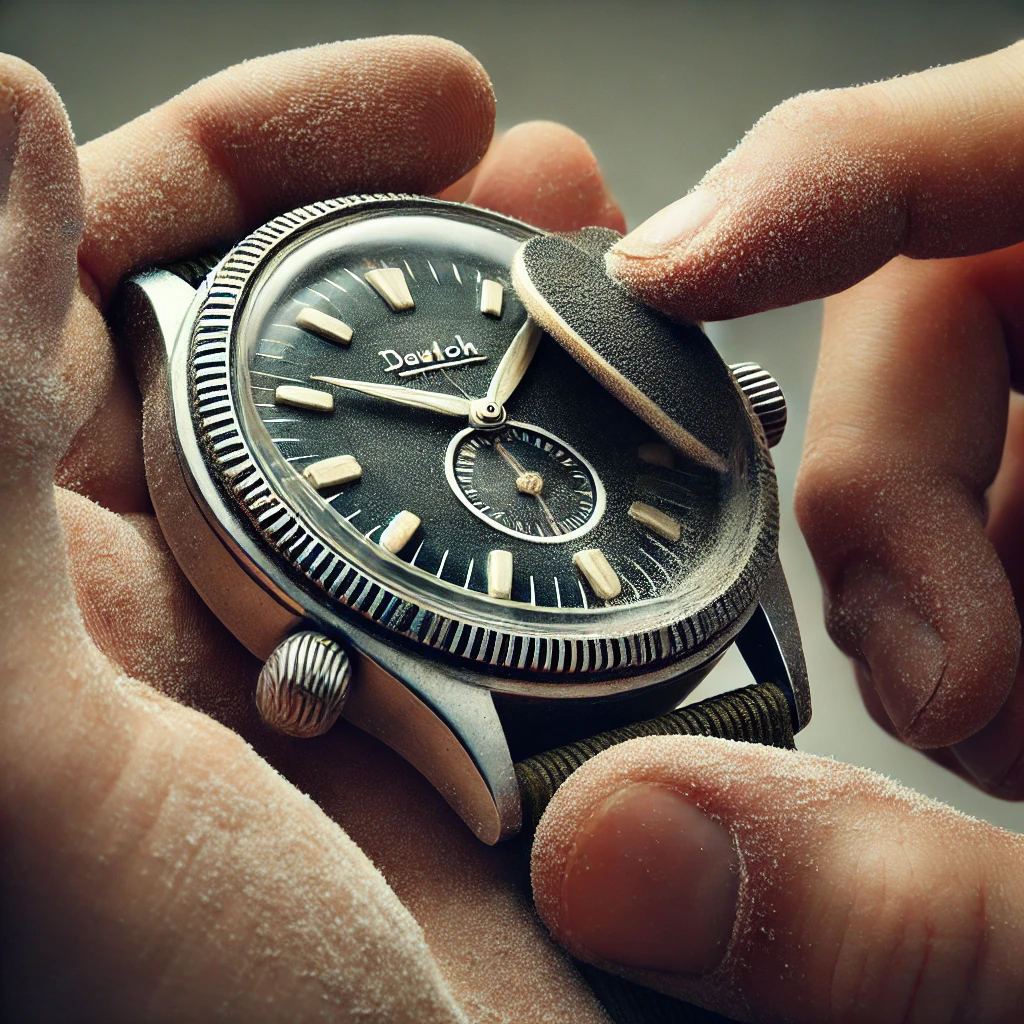
Step 4: Polishing the Glass
Once sanding is complete, it’s time to polish the glass. I prefer to use Iosso polishing paste, which gives excellent results. Apply the paste in circular motions, using moderate pressure until you achieve a shiny finish. Polishing is crucial to remove any sanding residues and to give the glass a smooth, glossy appearance.
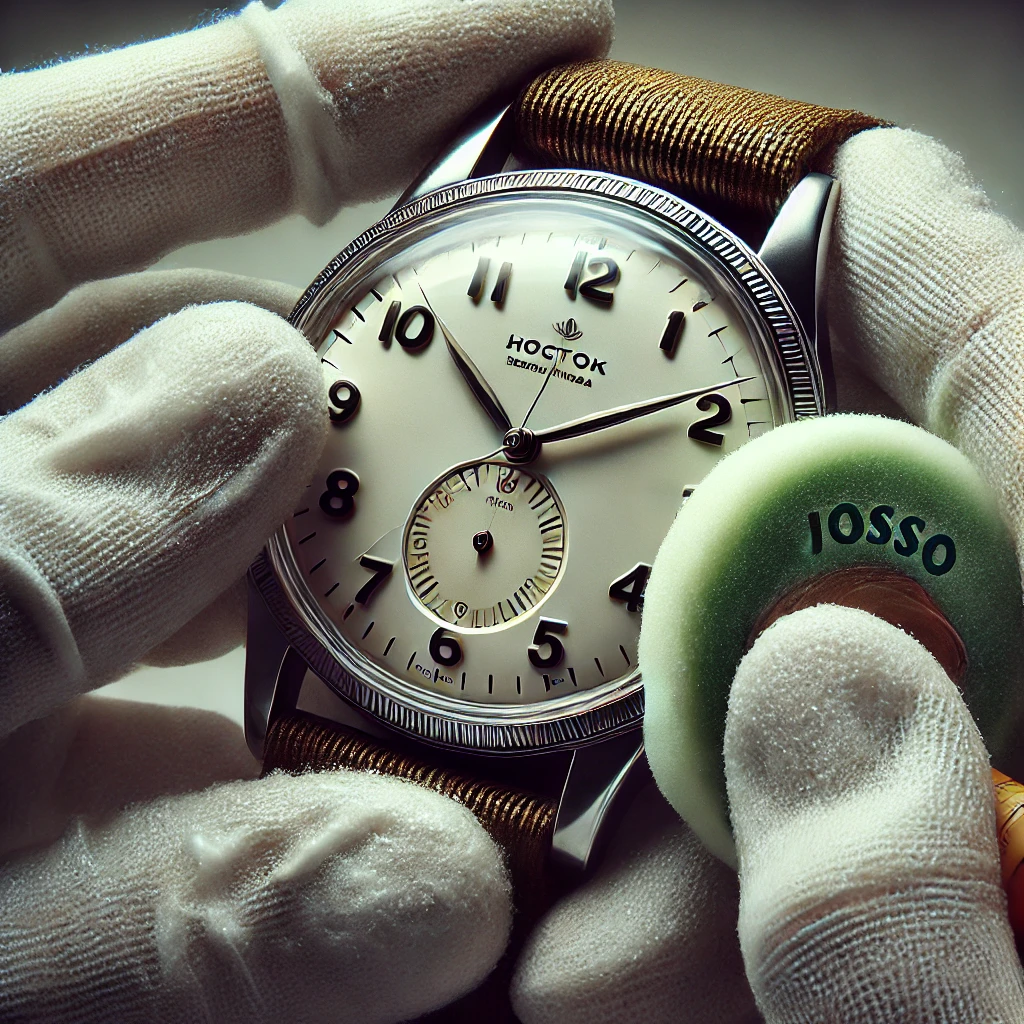
Step 5: Final Cleaning
After polishing, it’s important to remove the paste and any residues. If you are working on a bare case, like on Komandirskie and Amphibia models, cleaning is quite simple. Just rinse the glass with a bit of water. If the watch is more complex, take precautions to protect the delicate parts, such as covering them with tape or a soft cloth.
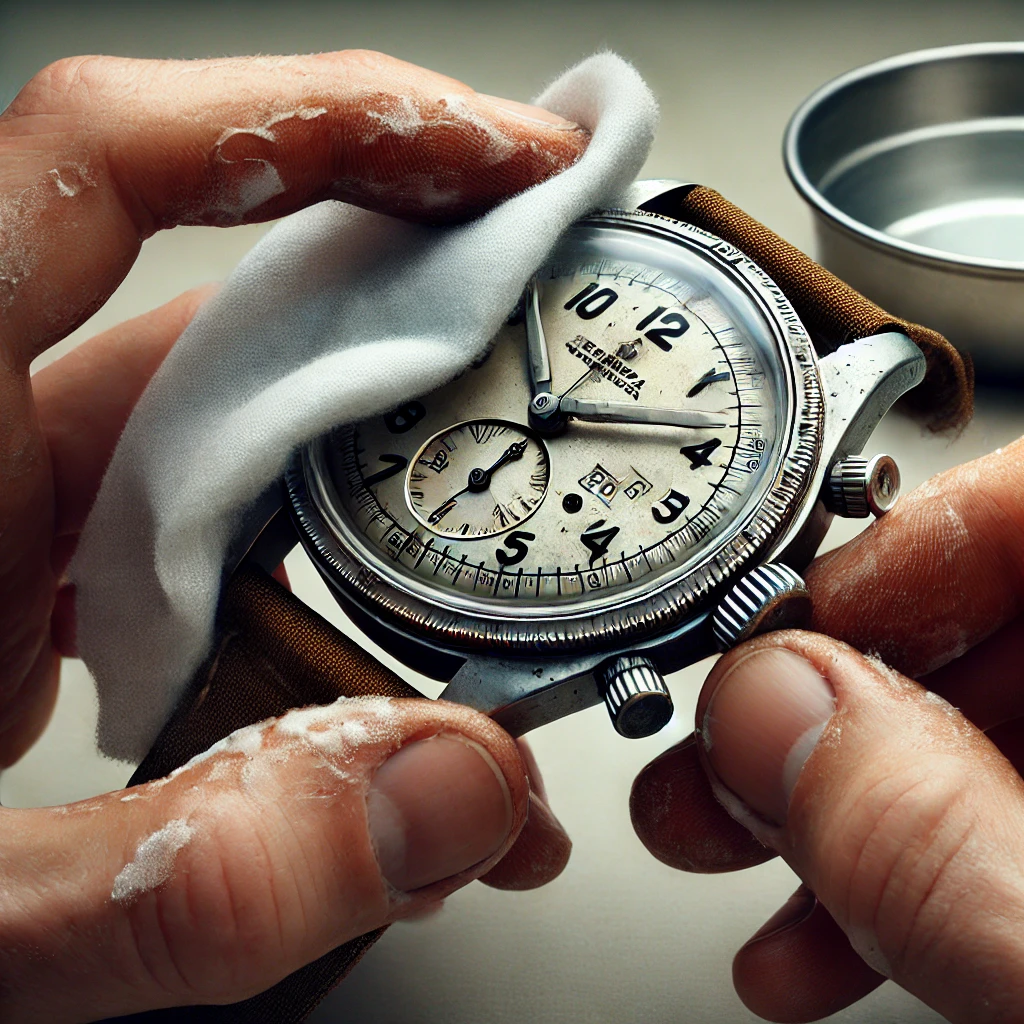
Conclusion
By following these simple steps, you can remove scratches from the plexiglass of your watch and restore it to its original condition. Remember to be patient and proceed carefully, especially with thinner glass. If you want to use the products mentioned in this guide, you can find the purchase links on my website. Happy restoring!
